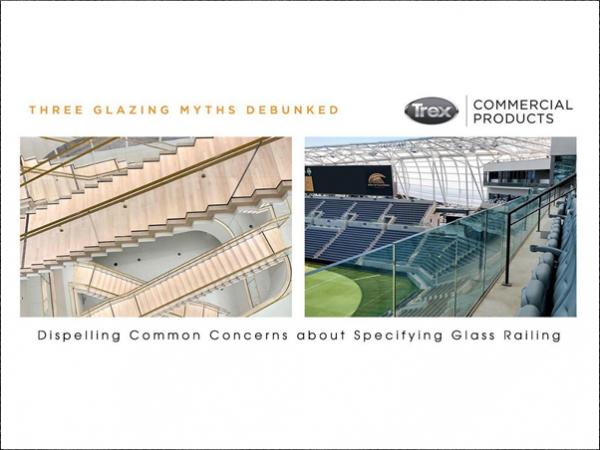
Date: 29 May 2019
No matter how you look at it – or through it – glass is a clear choice among today’s commercial architects and designers. From sports arenas and shopping malls to hotels and healthcare facilities, savvy specifiers are increasingly looking to incorporate glass into their project designs, presenting a huge growth opportunity for contract glaziers. However, taking on projects involving glass railing can be challenging due to lack of familiarity with the products or concerns related to engineering.
As a leading provider of architectural railings, Trex Commercial Products has nearly three decades of experience providing architectural railing systems and working with glaziers, architects, general contractors and installers. Following are three common myths its team has encountered over the years, along with expert insights to help clear up confusion.
MYTH #1: Architectural Plans Are All-Inclusive
While architects may have a distinct vision for a project, it’s nearly impossible for them to think through every little detail when preparing renderings. Finishing specifications often are left up to the general contractor and sub-contractors.
“As a glazier, this can put you in a challenging position, particularly if you’re less familiar with the intricacies of glass railing systems,” explains Dan Stachel, vice president of Trex Commercial Products. “To ensure you have all the pertinent details, ask your supplier to provide you with a comprehensive proposal, including detailed takeoffs with specific inclusions or exclusions for each railing style within the project scope.”
These details should include aspects such as finish, linear footage, structural attachment and makeup. Trex Commercial Products provides color-coded takeoffs to help define the project scope by railing style and location along with a proposal to plans and spec. Additionally, Stachel suggests requesting a submittal package that includes 3-D renderings based on the architectural and structural specifics for the project.
High definition surveying (HDS) technology offers tremendous benefits over conventional surveying. It allows for the capture of thousands of critical measurements with precision accuracy, thereby significantly reducing the need for fabrication rework. It also offers a much faster track to the manufacturing process by eliminating the risk of human error and saving weeks of manual field measuring.
“A good supplier understands that its role is more than just a fabricator of the designer’s concepts,” notes Stachel. “Our engineering team leverages its extensive experience to ensure the railing’s design allows for a successful final product.”
MYTH #2: All Calculations are Created Equal
When it comes to analyzing glass for commercial building construction, there are a variety of methods and programs that may be employed. As a result, glass design and engineering analysis can be inconsistent across projects. There are several possible reasons for this including the treatment of guardrails as a product rather than an engineered structure, general inexperience with glass as an engineered material, and limited access to glass design software in the U.S.
Regardless of the method selected for analysis, there are two key principles that should be considered when specifying glass railing: the elastic properties of laminate interlayers (and how they change with temperature and load duration), and understanding that local stresses – e.g., contact materials, support size and hole size – are critical. In light of these varying factors, it’s highly recommended that a good finite element program be used to accurately determine glass stresses instead of any manual analysis.
“We have had a number of instances when architects and specifiers have requested proposed pricing for projects using 9/16-inch glass for point-supported systems when our analysis has determined that 13/16-inch glass would be required to meet IBC stress requirements,” notes Stachel. “Without the right experience and specialized equipment, glass can easily be inaccurately calculated and misquoted.”
Glass analysis is the most critical aspect of specifying point supported glass due to life safety factors. It’s essential that those who have a stake in a project understand this and take appropriate measures to ensure that building code requirements are met.
MYTH #3: Railings Are a Finishing Touch
As one of the most visible elements of any building project, railings serve an important aesthetic and structural role – adding support, safety and style. While they may be one of the last products to be installed, their specification should be considered early in the design process.
To help glaziers take advantage of the current and growing demand for glass railings, Trex Commercial Products offers design-to-delivery support services with a focus on simplifying glass railing projects and providing a refreshing, thorough and stress-free experience for glaziers. In addition to customized proposals and comprehensive submittals, the Trex Commercial Products team carefully packages railing materials together, including all of the required hardware and adhesives. Each component is labeled to correspond with setup drawings and a detailed installation guide is provided.
For more information about Trex Commercial Products’ distinctive approach and all-inclusive services, visit www.trexcommercial.com to download the company’s step-by-step specification booklet.
 600450
600450

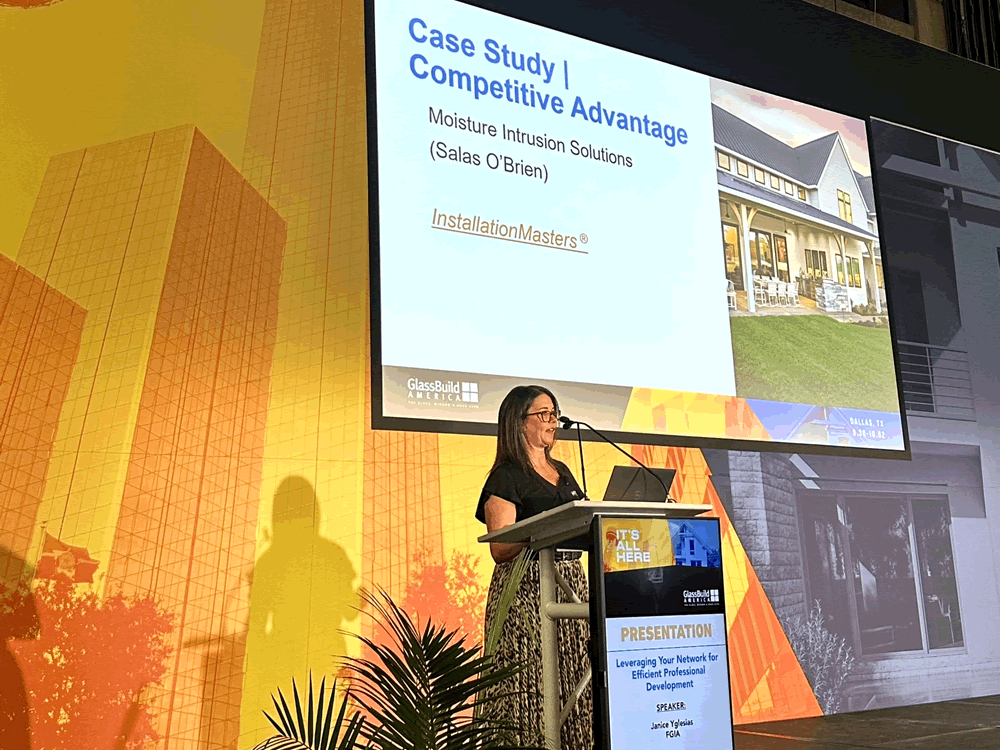
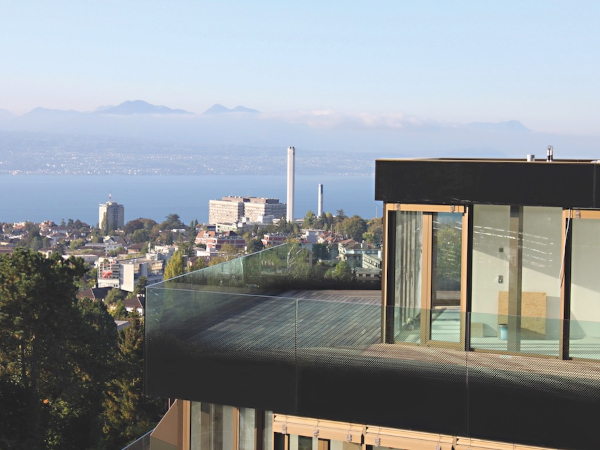

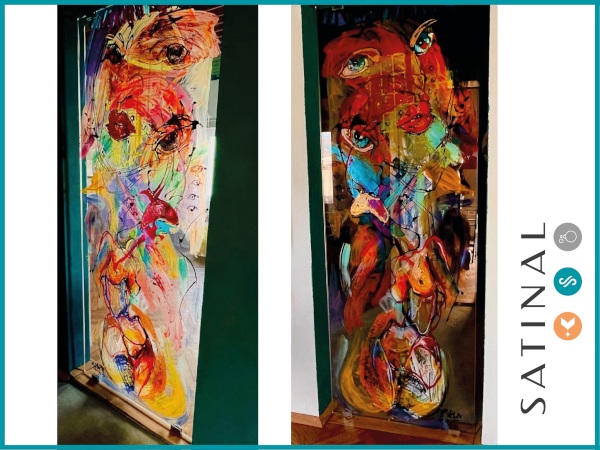
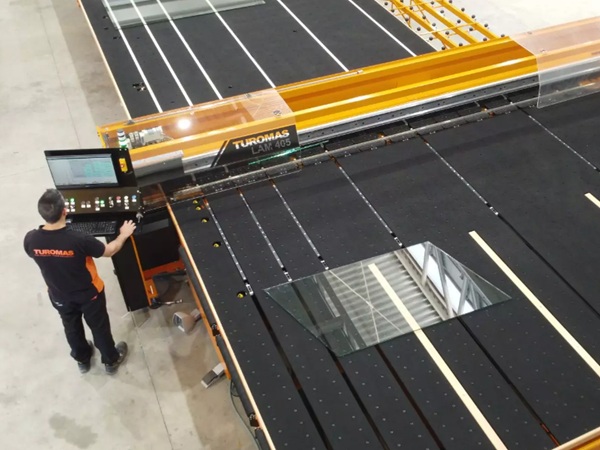
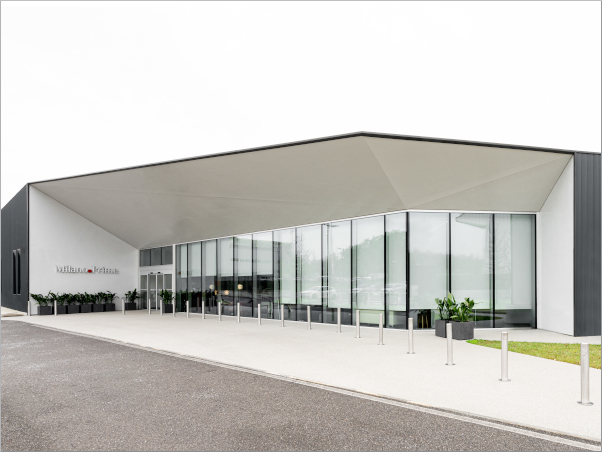




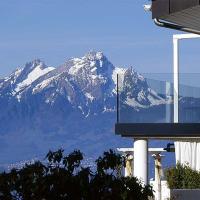

Add new comment